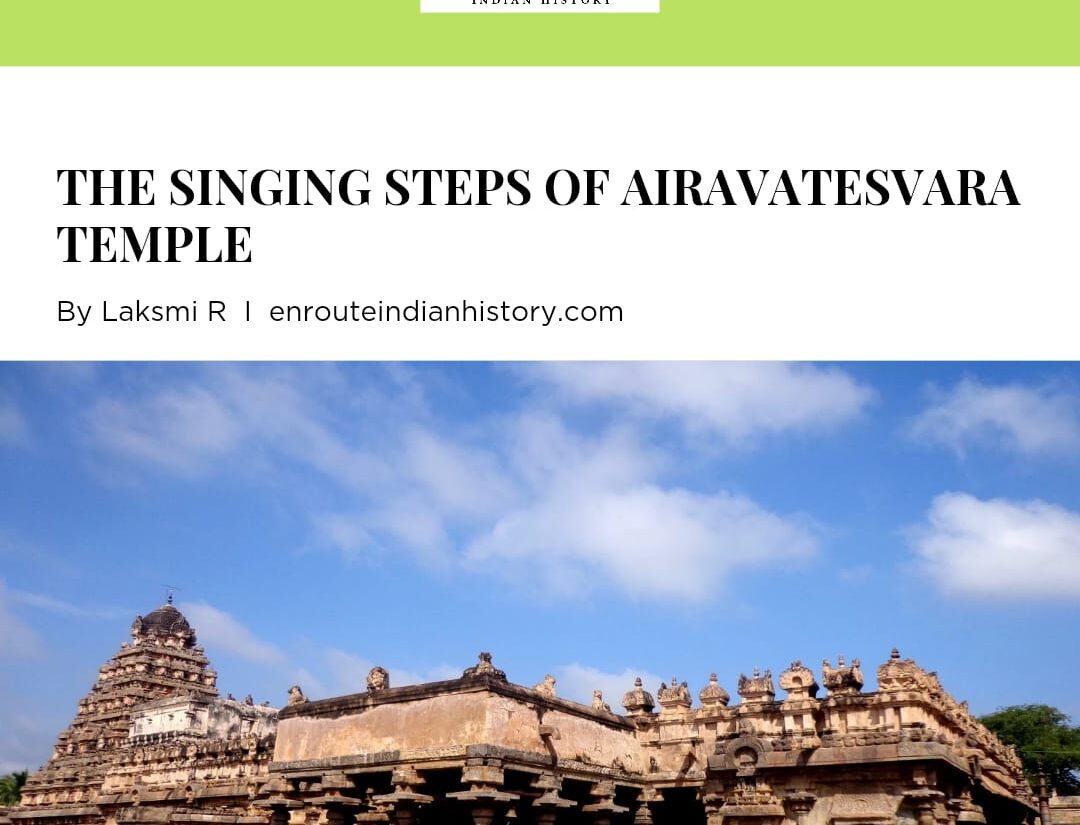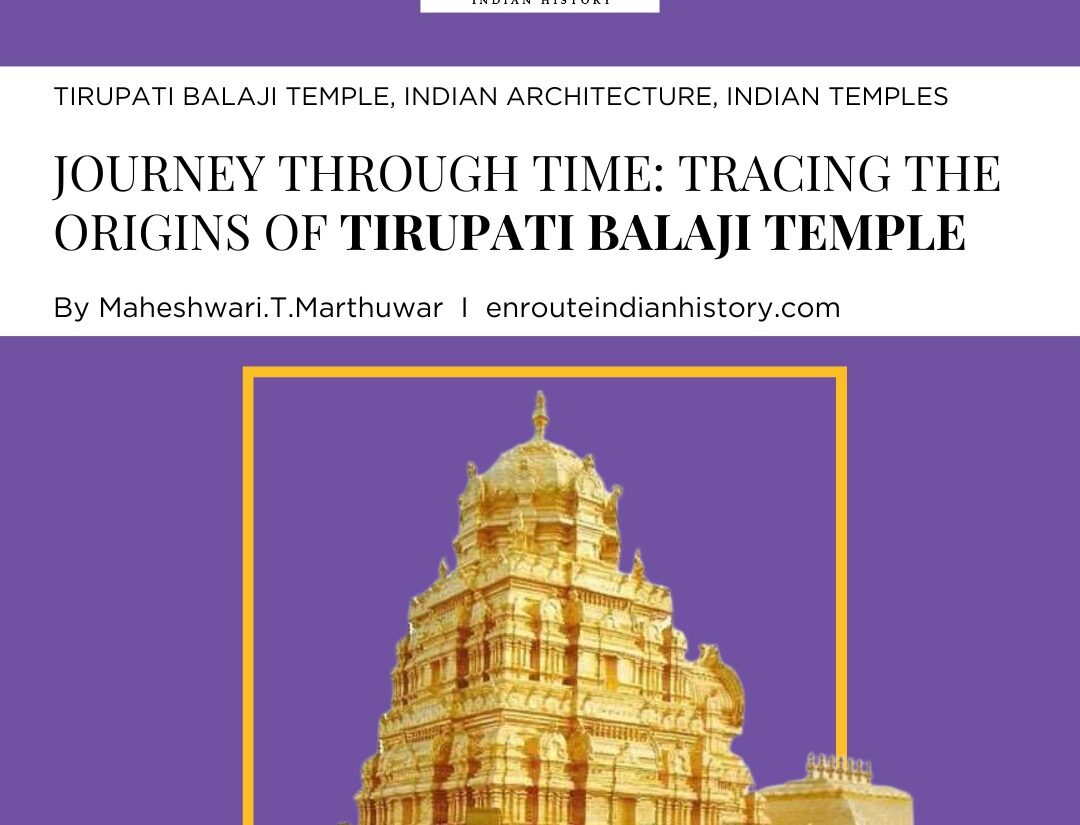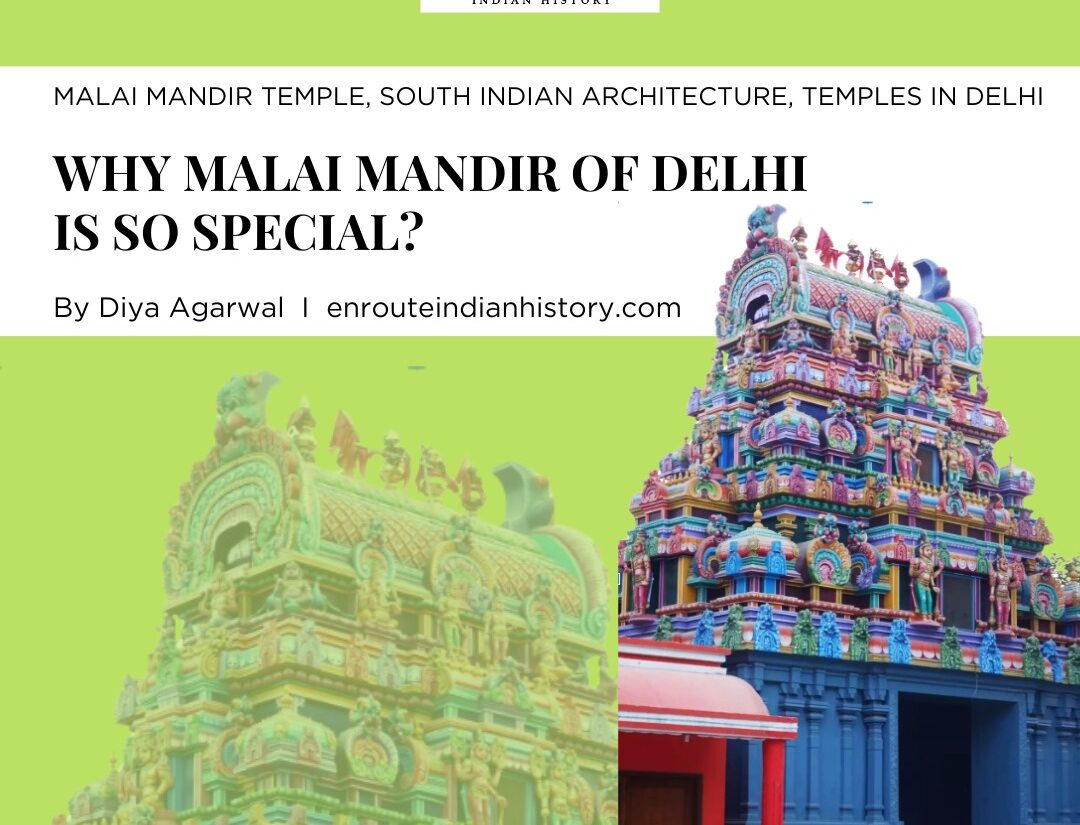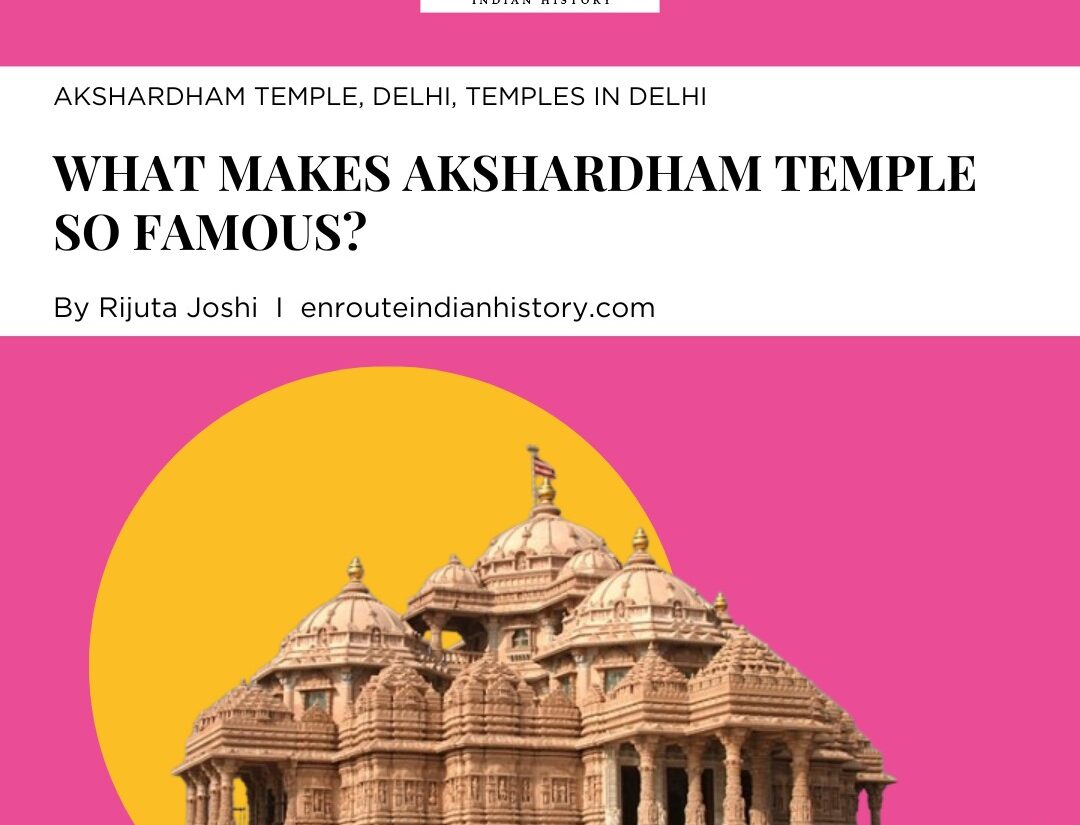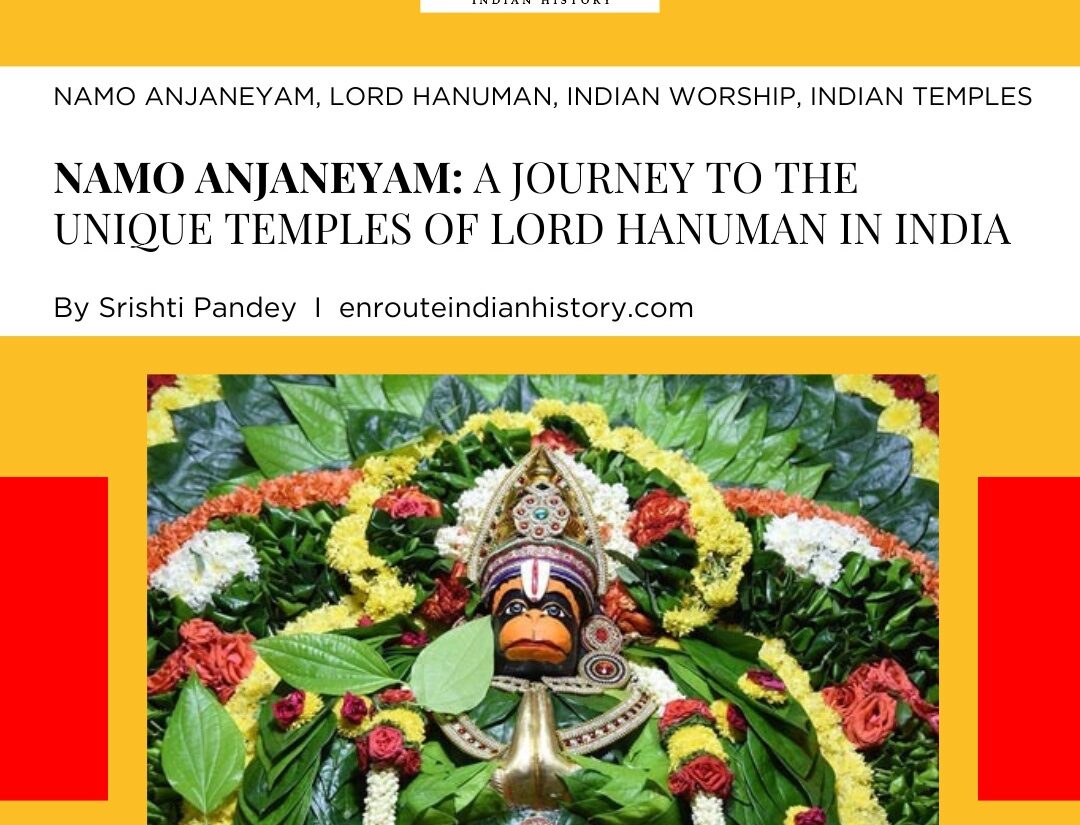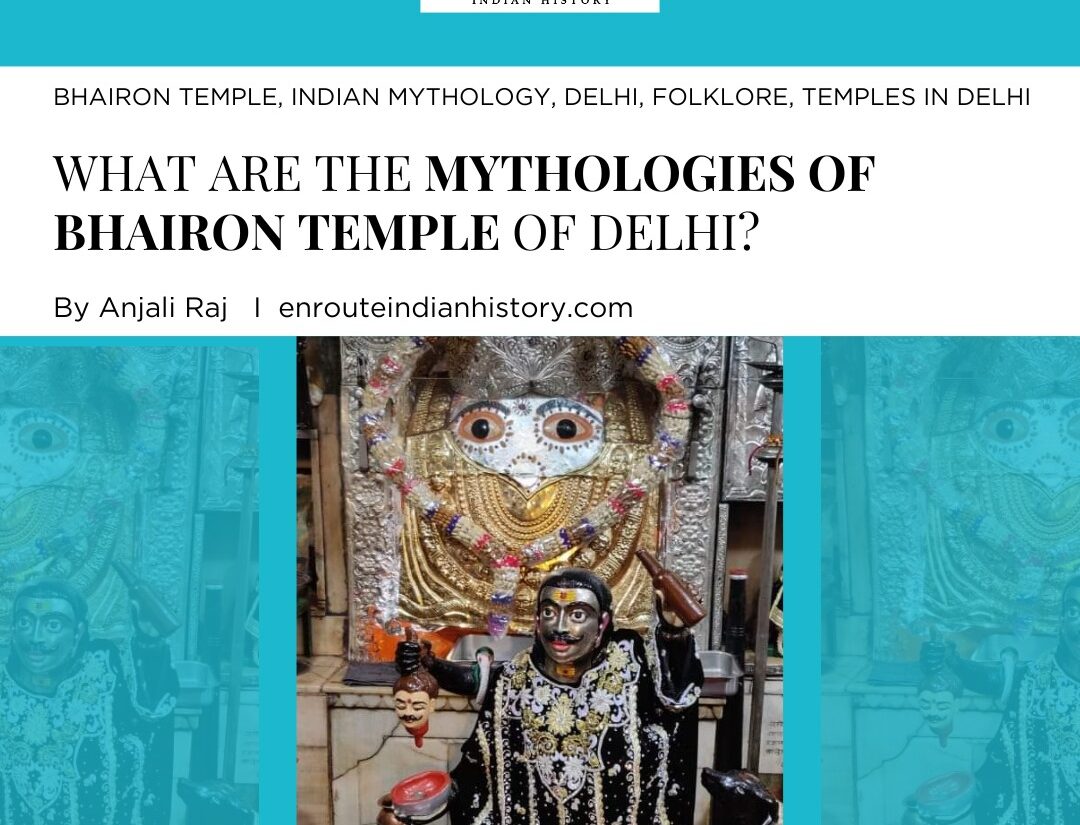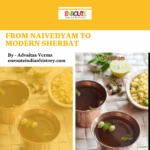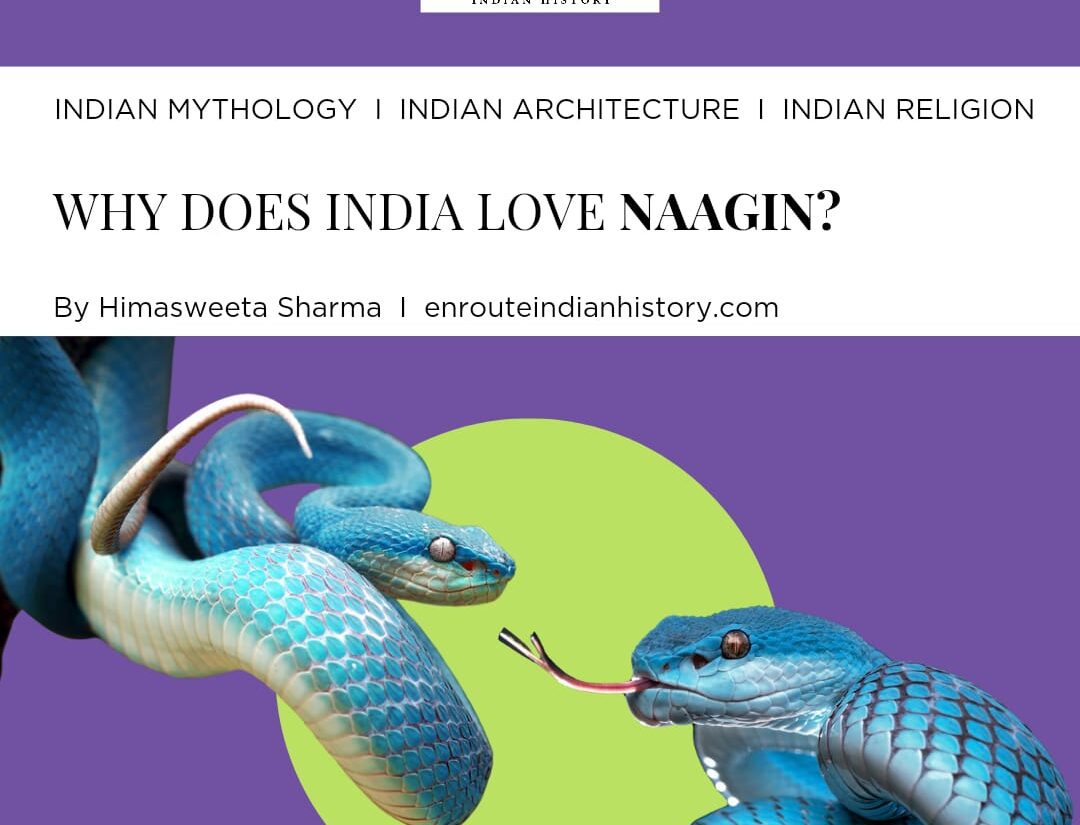
Silently slithering into the uncharted depths unseen by human eyes, much like distant stars fading into oblivion with sunrise, snakes are the mystical creatures of the jungle, soaked in an enigmatic allure. Coiling itself gracefully around the secrets of the unknown, each serptentile curve echoes the paradox of being beautifully dangerous. A symbol of nature’s enigma, each scale on a snake’s body whispers tales of ancient secrets and untold stories, inviting humans to explore and unearth the magic that lies within. Embedded with a mystical nature that knows no geographical limits, snakes have become an enduring symbol fundamental to many cultures around the world, particularly India. The snake is a recurring figure in both Indian mythology and folklore, having woven its way deeply into the rich tapestry of Indian tradition. Just like most Indian legends, under the moonlight sky of India, the Ichchadhari naagin comes to life, spinning tales of an old Indian tale of love and separation.
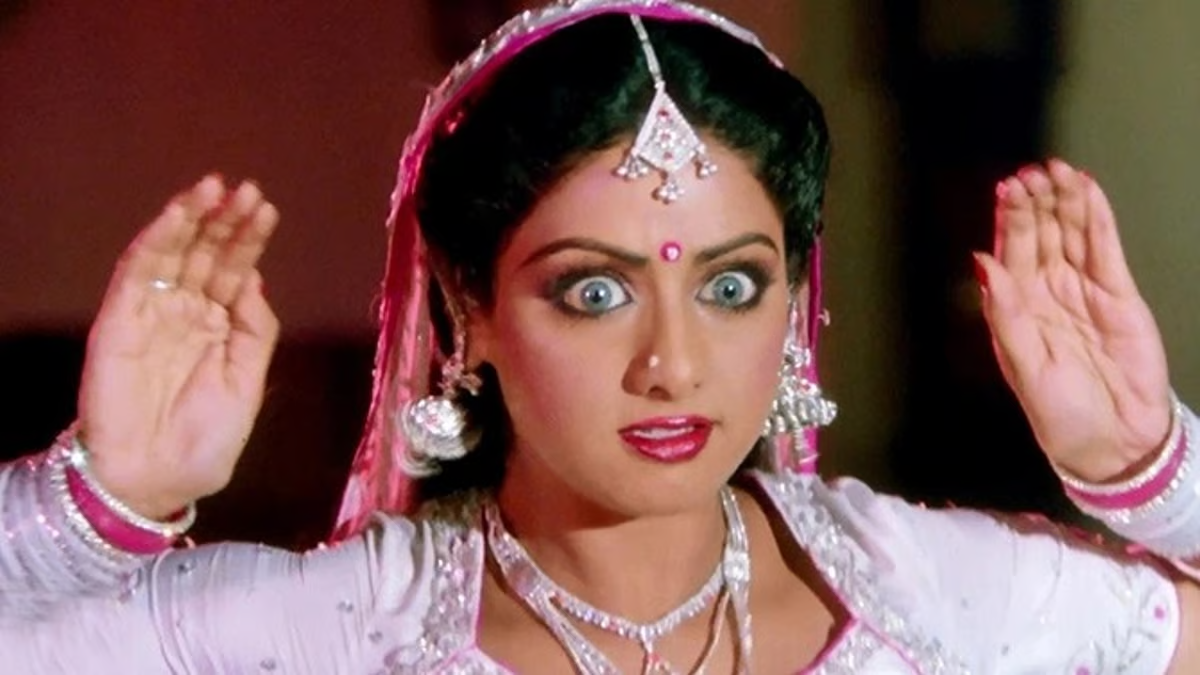
Sridevi played the role of Ichchadhari Naag in the 1986 blockbuster movie Nagina. Interestingly, this was the first female-oriented movie of her career. (Credits: Free Press Journal)
From being worshipped in temples to being portrayed on screen, these creatures of the night represent untapped tales of natural mystery. Guardians of the Naag Mani, a priceless gem, these shape-shifting cobras are deeply ingrained in Indian culture due to their association with the divine and possession of magical abilities. The Indian audience finds the portrayal of this mythical creature in various forms of media, such as Indian television shows and films, to be a captivating narrative due to its exploration of themes centred around love, revenge, and supernatural abilities. The Ichchadhari Naag and Naagin’s popularity has evolved from mysterious to cultural icons, a testament to the country’s deep connection with mythology, where storytelling is not just a bedtime activity but a tool for bringing people from different communities together.
THE LEGEND OF THE ICHCHADHARI NAAGIN
Wrapped in the glittering cloak of enigma, the folklore of the Ichchadhari Naagin unfolds differently across regions of the country. These regional variations are connected by a common thread that binds them together, and that thread is the theme of love and protection among the snakes for each other. In popular belief, Ichchadhari snakes—males are referred to as “Ichchadhari Naag,” while females are called “Ichchadhari Naagin”—are shape-shifters with the ability to transform into any human or animal and are endowed with supernatural abilities. Ichchadhari is a term that originates from two Hindi words: ichcha and dhari, which, when combined, mean “wishful.” The term “ichchadhari naag/naagin” refers to a “wishful snake” that has the ability to wish to take the form of any individual. Because they are native to the Indian subcontinent and have reverence in Hindu mythology for their connection to Lord Shiva, these shape-shifting snakes are typically depicted as Indian cobras (Naja) in popular literature and media.

Iconic actress Rekha in the 1990 film Sheshnag, where she plays the role of an ichchadhari naagin. (Credits: Twitter)
Within the Naagin folklore across the country, the legend of the Naag Mani is considered to be of utmost importance. When an Indian cobra has not used its poisonous glands even once in its lifetime, it is commonly believed that the poison will eventually accumulate and turn into a crystal that is known as “Naag Mani.” The term “Naag Mani” comes from the words “Naag,” which means “cobra,” and “mani,” which means “crystal” or “gem.” It is believed to have the appearance of a moon-like pearl with a blue tint and lets out light in the dark to search for its prey. Once the gem has been formed, the primary purpose of the cobras is to safeguard the gem from any evil forces. The reason for this is that whoever possesses the gem will eventually become the master of the magical powers that the gem has to offer, which include the ability to amass an enormous amount of wealth and to live for a very long time. Another popular narrative about the formation of the Naag Mani is that the Mani develops when raindrops fall from heaven to earth into the mouth of a cobra during the Swati Nakshatra, a powerful and ancient Indian astrological constellation. Both of these accounts state that in order for a cobra to possess and guard the gem, it must be at least a hundred years old. Because of this very Naag Mani, these cobras have the ability to transform into any human or animal form at any time, which is what gives them the name “Ichchadhari Naag/Naagin.” Some of the books that have been written about Indian folklore state that Ichchadahri cobras die when the gem is taken away from them. When an Ichchadhari cobra is killed for the Naag Mani, it is commonly believed that the impression of the killer is traced in the eyes of the Naag Devta, who is the Lord of the Ichchadhari Cobras. Additionally, it is believed that other cobras are assigned to seek revenge on the killer by Naag Devta. By the same token, it is believed that if an Ichchadhari Naag is murdered, its partner, the Ichchadhari Naagin, will go on to take revenge for the act.

Locals believe that the entrance of the Raja Rani temple in Bhubaneswar has sculptures of Naag and Naagin. (Credits: Summiters Adventures)
As a result of the enchanting folklore of the Ichchadhari Naagin, which has seeped into Indian culture and religious traditions since time immemorial, sculptures depicting figures that are half-human and half-snake can be found adorning the walls of numerous temples located all over the country. Because Ichadhari cobras are thought to be great Shiva devotees, the majority of these sculptures can be found in temples dedicated to Lord Shiva of the Hindu pantheon, also known as Nageswar, Lord of the Snakes. Built in the 12th century by Ganga dynasty king Swapneswardeva and consecrated by Acharya Vishnu, the Megheswar Shiva temple in Bhubaneswar has a pair of seven-hooded Naag and Naagin as the gatekeepers to the temple. Similarly, the Raja Rani temple in the same city, known as the ‘Temple of Love,’ has carvings of Naag and Naagin at the entrance, according to locals. The depiction of the two cobras as gatekeepers of temples can be traced back to the fact that they were protectors of the Naag Mani, which is a representation of their qualities of dedication and loyalty.
In Himachal Pradesh, the Budhi Naagin temple serves as a living testimony to the significance that the Naagin is considered to hold in the religious practices of India. The temple, which is thought to have been built by Naag Devta, is an ode to the ‘Budhi Naagin,’ who is said to protect the Seroslar Lake in Kully as well as the people residing there from evil forces. The annual fair at the temple commemorates Budhi Nagin’s marriage to a local prince. Budhi Naagin is said to have fallen in love with the prince and decided to marry him. But because the prince was hesitant to marry a serpent, Budhi Naagin appeared to him in human form and persuaded him to marry her. Another temple famous for its association with Naagin is Kanpur’s Kherepati Shiva Mandir, which is still thought to be the home of a pair of Ichchadhari Naag-Naagin. This pair is said to protect the temple, and every year on Naag Panchami, a day dedicated to snake worship in India, the pair comes to pay their respects and worship Lord Shiva. Snakes, particularly cobras, are worshipped in various forms in Indian culture, including Anantha (Shesha Naga), Kaliya, and Vasuki, because snakes are thought to represent the life cycle through rebirth, death, and mortality.
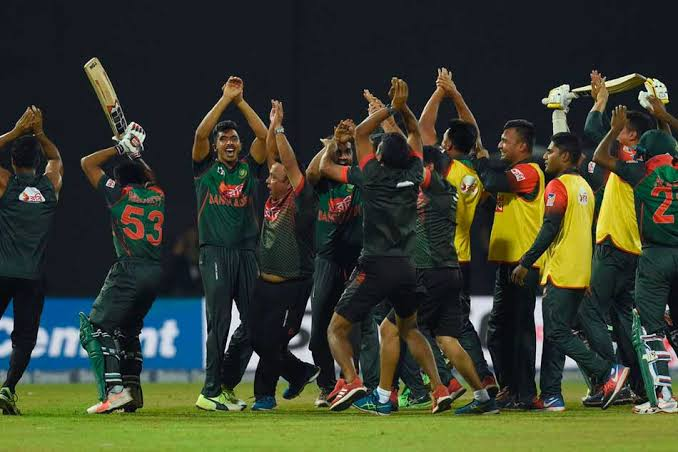
Players from Bangladesh’s men’s cricket team perform the ‘Naagin’ dance in celebration of their victory. (Credits: Hindustan Times)
Interestingly, the entertainingly enchanting tradition of the Naagin dance is a manifestation of the fascinating evolution of Naagin folklore amidst the culture of India. The Naagin dance, which is based on the moves depicted in Indian media by a naag/naagin while being controlled and dancing to the tune of Beena, the musical instrument used by snake charmers, is a popular form of entertainment, particularly in Indian marriages. The dance, popularised by Indian actress Sridevi in the film ‘Nagina,’ became an instant hit among the general public due to its simple and quirky moves that resemble the movement of a snake. Middle-aged men dancing to the tunes of upbeat songs while performing moves from the Naagin dance are a common sight at Indian weddings. During a Bangladesh Premier League match in 2016, bowler Nazmul Islam Apu celebrated his victory with the Naagin dance. Since then, it has become a popular way for cricket fans to express their joy, with the most recent example being the Sri Lanka v/s Bangladesh match in 2023, where fans were seen dancing with their favorite team.
PORTRAYAL OF ICHCHADAARI NAAGIN IN MEDIA AND LITERATURE
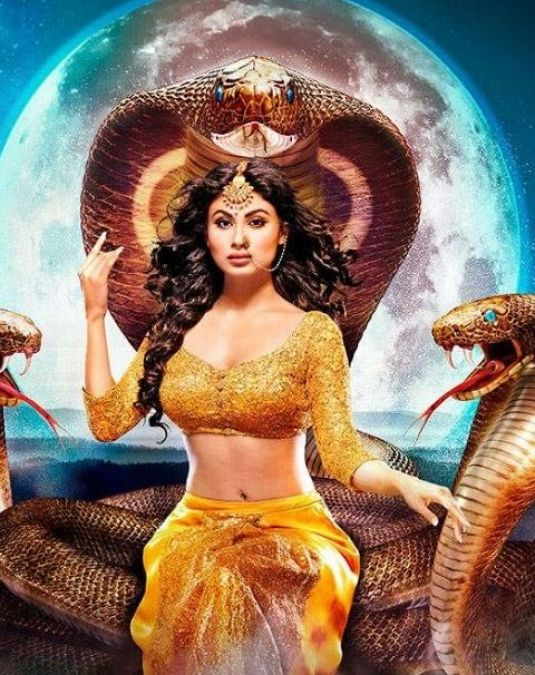
The first season of the TV series Naagin aired in 2015 with Mouni Roy as the protagonist and was an instant hit among the masses
(Credits: News Track Live)
Though the legend of the Ichachadhari Naagin has been a popular account in Indian mythology for centuries, it is the contemporary depiction of these mystical creatures in Indian literature and media that has made it popular among the general public. The incorporation of these serpentine wonders into society alongside other mortal humans has captured the attention of viewers and readers who are looking for magic in the mundane aspects of their everyday lives. ‘Champawati’, one of the stories written by the Assamese poet and author, Lakshminath Bezbaruah, in ‘Burhi Aai r Xadhu’ (Grandma’s Tales), revolves around how Champawati, the protagonist, is married to a shape-shifting cobra. Within the context of Assamese culture, the story focuses on the significance that snakes are considered to have. Mayur Didolkare’s ‘Nagin’ is a collection of nine short stories that explore the benevolent and dangerous sides of these natural wonders.

Sunil Dutt and Reema Roy starrer Nagin, released in 1976, was one of the first movies of the genre. (Credits: TV Guide)
Nevertheless, the Naagin folklore’s portrayal in Indian media, particularly television shows and films, is without a doubt the reason why India fell in love with it. It would not be an exaggeration to say that India is the proud originator of the Naagin genre in entertainment, specifically beginning with the blockbuster film ‘Nagin’ in 1976. The movie tells the tale of Ichchadhari Naagin (Reena Roy), who tries to avenge the death of her lover by attacking the murderers. “Nagina,” released in 1986 and starring Sridevi, is a film that follows a similar plotline. In this movie, Sridevi plays the role of Rajni, who marries into a family in order to exact revenge on the evil saint who killed her beloved. By putting the spotlight on the female protagonist in both of these films, the status of female actors is elevated from that of a simple love interest to that of powerful characters who are responsible for carrying the film on their own shoulders. It would not be false to assert that the ‘Naagin’ film genre was the one responsible for introducing feministic perspectives to the Indian film industry. Rekha-Jitendra starred in the film “Sheshnaag,” which centred on a pair of Ichchadhari Naag-Naagin who attempt to blend in with human society in order to get away from an evil priest. A combination of themes, such as love, vengeance, and protection, that are depicted in these and other films is what gave birth to one of the most popular television series in India, which is called ‘Naagin’. However, despite the fact that the storyline is more or less comparable to that of these films, the incorporation of additional supernatural elements, such as hypnotizing enemies, etc., contributed to the success of this series. The placement of the legend within an Indian family setting, with a touch of love angles and familial moments, was, however, an essential component of the series and was the ultimate key to its success.
Despite the fact that the existence of Ichchadhari Naag-Naagin is a contentious issue among historians and mythologists, the Indian audience continues to enjoy the genre to the fullest extent possible.
REFERENCES
- storymirror.com. (n.d.). Icchadhari Naagin | English Others Story | Supreet S. Shetty. [online] Available at: https://storymirror.com/read/english/story/icchadhari-naagin/alp0azcj#:~:text=The%20Icchadari%20Nag%20and%20Naagin
- www.speakingtree.in. (n.d.). Do ‘Icchadhari Nagins’ actually exist? These facts will amaze you. [online] Available at: https://www.speakingtree.in/allslides/do-icchadhari-nagins-actually-exist-these-facts-will-amaze-you/colors-of-naag-mani
- Neeraj.D (2023). History and Legends of Budhi Nagin Temple | Seroslar Lake Jalori Pass. [online] Mysterious Himachal. Available at: https://mysterioushimachal.wordpress.com/2023/04/19/history-and-legends-of-budhi-nagin-temple-seroslar-lake-jalori-pass/
- Livemint (2023). Bangladesh vs. Sri Lanka: Fans spice-up rivalry with ‘Naagin dance’. [online] mint. Available at: https://www.livemint.com/sports/cricket-news/bangladesh-vs-sri-lanka-fans-revive-the-long-standing-rivalry-with-nagin-dance-in-delhi-netizens-react-11699282912601.html
- www.youtube.com. (n.d.). Kherepati Temple. [online] Available at: https://www.youtube.com/watch?v=wE_msyPfsgc
- Blog, S. (2023). Raja Rani Temple – A place of love and art. [online] Summiters Blog. Available at: https://blog.summitersadventures.com/raja-rani-temple-a-place-of-love-and-art
- kevinstandagehotography (2020). Megheswar Temple – Bhubaneswar. [online] Kevin Standage. Available at: https://kevinstandagephotography.wordpress.com/2020/03/25/megheswar-temple-meghesvar-bhubaneswar/
- April 25, 2024
- 25 Min Read
- April 25, 2024
- 14 Min Read
